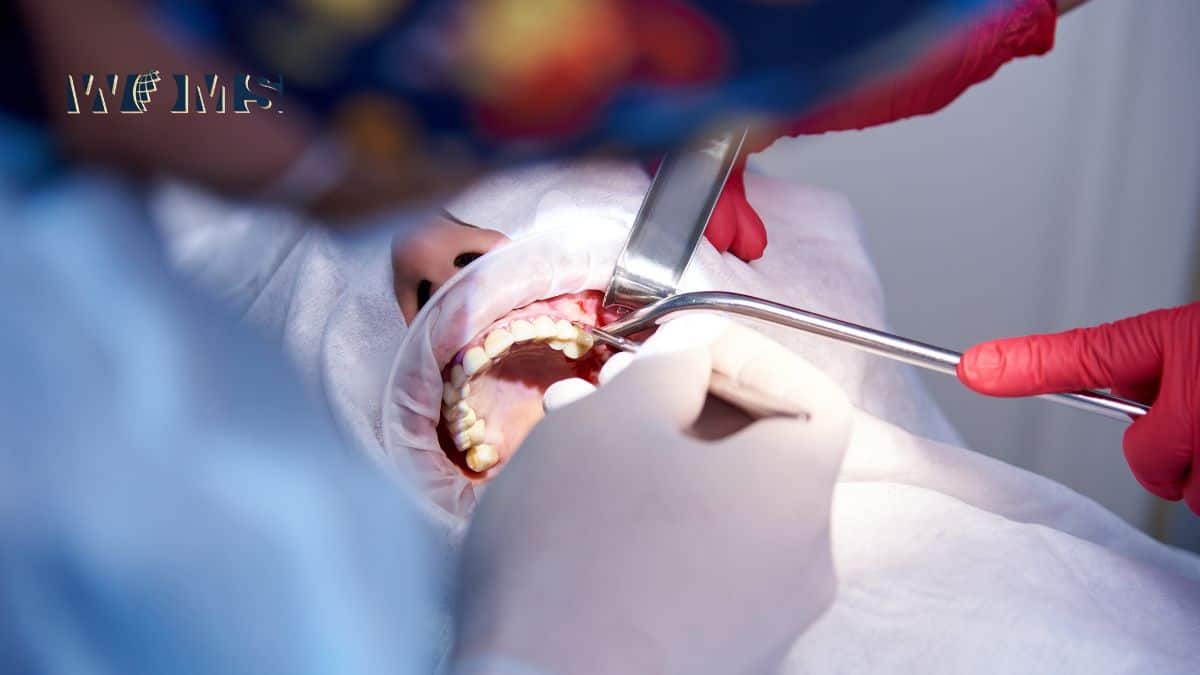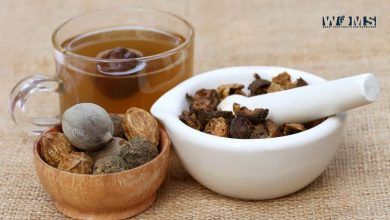Optimization of Bone Graft Materials in Sinus Lift Procedures for Enhanced Implant Stability

Sinus lift surgery, or sinus augmentation, is a commonly employed technique in implantology designed to increase the volume of bone in the posterior maxilla for the successful placement of dental implants. Bone grafting during this procedure is crucial to ensure the stability and long-term success of the dental implant. Over time, different materials have been investigated and utilized as bone grafts, each with their unique advantages and challenges. This article aims to explore the various bone graft materials and their optimization for use in sinus lift and bone graft procedures to enhance implant stability.
Autografts: The Gold Standard
Autografts, harvested from the patient’s body (often from intraoral sites like the chin or the ramus), have long been considered the gold standard in bone grafting for sinus lift procedures. These grafts possess osteogenic, osteoinductive, and osteoconductive properties. They not only provide a scaffold for bone formation but also contain living cells capable of forming new bone and growth factors that stimulate bone healing. In addition, there’s minimal risk of disease transmission, immunogenic reaction, or graft rejection. However, the requirement for a second surgical site can lead to increased post-operative morbidity and longer healing time.
Allografts: A Practical Alternative
Allografts, bone grafts derived from another individual of the same species, are a practical alternative to autografts. They come in various forms, including freeze-dried bone allograft (FDBA) and demineralized freeze-dried bone allograft (DFDBA), each having different osteoinductive potentials . Although allografts carry a small risk of disease transmission and a potential for immunogenic reaction, their use eliminates the need for a second surgical site, making the procedure less traumatic for the patient.
Xenografts: A Solution for Larger Defects
Xenografts, sourced from a different species (typically bovine), offer a solution for larger bone defects, where the use of autografts or allografts might not be practical or sufficient. Bovine bone grafts are widely used due to their high similarity in mineral content to human bone, excellent biocompatibility, and high osteoconductive capacity. Although the risk of disease transmission is minimal, some ethical and religious considerations may affect the decision to use xenografts.
Synthetic Materials: The Future of Bone Grafting
In search of a more standardized and readily available bone graft material, researchers have turned to synthetic materials. Calcium phosphate ceramics, like hydroxyapatite (HA) and β-tricalcium phosphate (β-TCP), are the most extensively used synthetic bone graft materials because of their chemical and structural similarity to natural bone. Bioactive glasses, another class of synthetic materials, have been shown to possess osteoconductive as well as osteostimulative properties, thus promoting faster bone regeneration.
Advances in Bone Graft Materials
Recent developments have focused on optimizing these materials for better results in sinus lift procedures. The combination of different materials, such as autografts mixed with allografts, xenografts, or synthetic materials, has been reported to achieve better clinical outcomes. These combination grafts aim to utilize the benefits of each material, thus optimizing the properties of the graft as a whole.
Furthermore, the integration of growth factors or the use of bone morphogenetic proteins (BMPs) can enhance the properties of bone graft materials. BMPs, for instance, can induce bone formation and are being investigated for their potential use in sinus lift procedures. Other innovations involve the use of stem cells in conjunction with bone graft materials to promote bone regeneration.
New frontiers in nanotechnology are being explored, with studies showing that nanoparticle-enhanced bone graft materials can offer improved mechanical properties and enhanced osteointegration. Nanomaterials have a larger surface area-to-volume ratio which can improve cellular response and interaction, leading to faster bone regeneration and healing.
Selection Criteria
Choosing the right bone graft material for sinus lift procedures involves careful consideration of various factors, including the patient’s health status, anatomical situation, and the surgeon’s preference. Other considerations may include the size and shape of the defect, the required healing time, the cost of the materials, and the patient’s personal preferences or religious beliefs.
Conclusion
The optimization of bone graft materials for sinus lift procedures continues to be a dynamic area of research in implant dentistry. While autografts remain the gold standard, the use of allografts, xenografts, synthetic materials, and combinations of these, offers promising alternatives. As innovations in growth factors, stem cell technology, and nanotechnology continues to evolve, future bone graft materials may offer enhanced properties that promote faster and more reliable bone regeneration, thus enhancing implant stability and long-term success.




